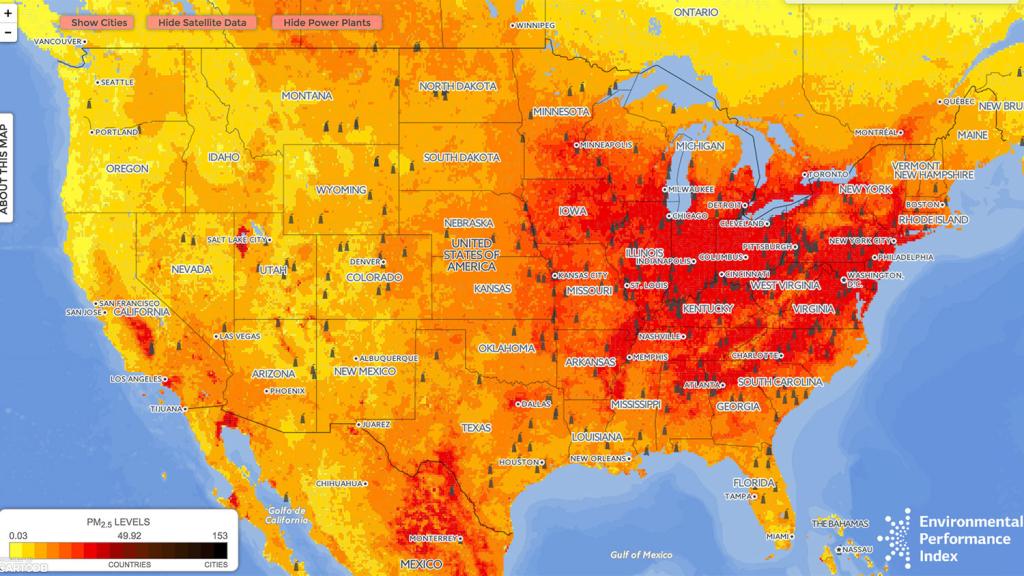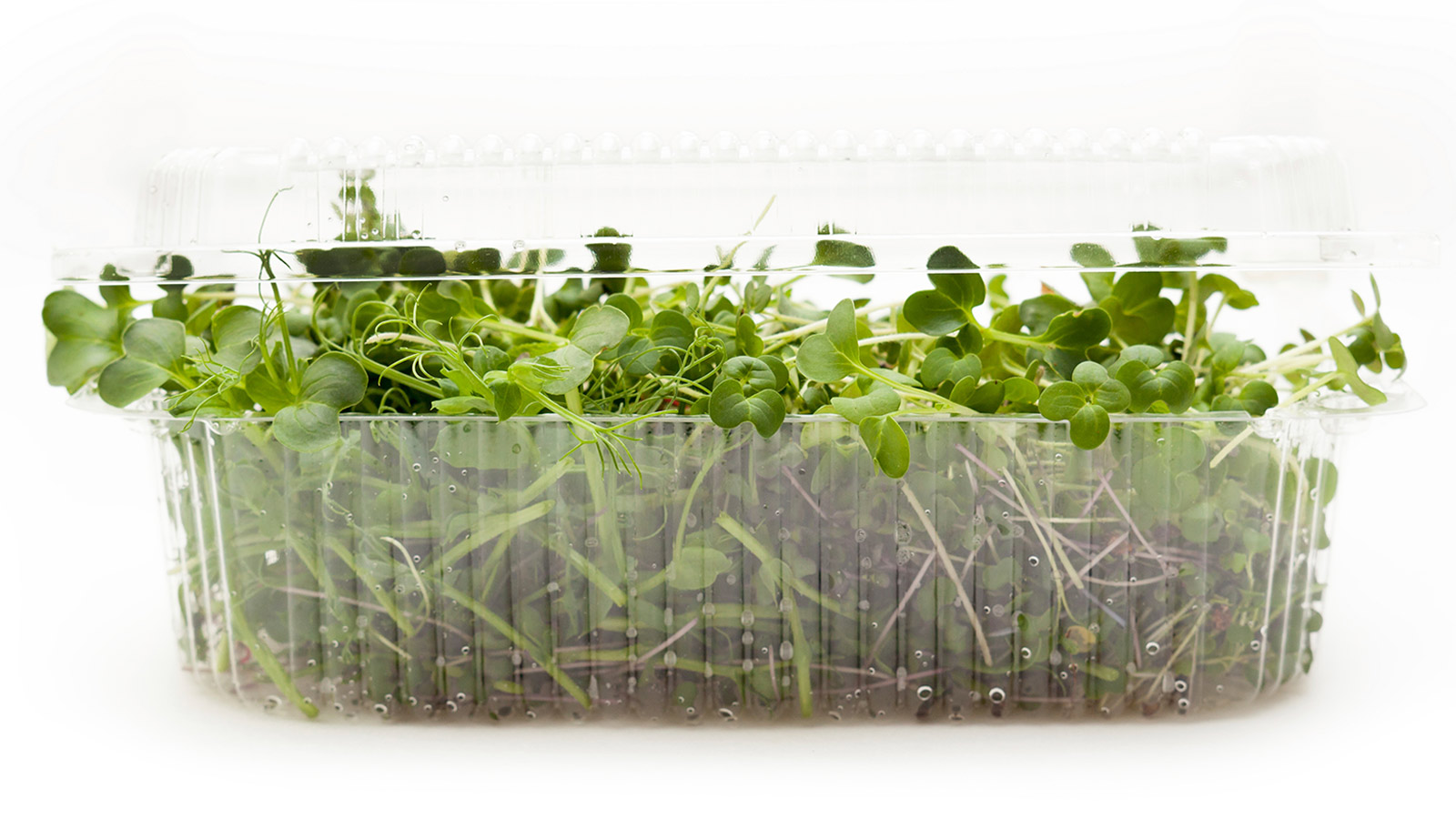Q. I like to buy greens for cooking and smoothies, but I’m always conflicted about what is the best way to get them. Obviously the first choice would be from my local farmers market with no packaging. But that is not always an option for me, so then I end up in the grocery store looking at the salad/greens in the plastic bag (not always recyclable) vs. the salad/greens in the big hard plastic box. Which packaging is the least of the evils?
Patricia S.
A. Dearest Patricia,
Congratulations on being both health conscious and on-trend: Leafy greens are, of course, packed with nutritional goodness, plus I hear green juice remains a thing this year. But no $12 cold-pressed concoctions for you: You’ve clearly figured out that buying your own greens for at-home smoothies, salads, and the like is the way to go. Well done! (I’ll bet your vitamin A levels are something to behold.)
Still, those salad fixings all too often come with a hefty side of plastic packaging, don’t they? Prewashed and bagged greens may score high on the convenience scale, but as in so many other cases, such quick fixes don’t rank so well in environmental friendliness. So before I get into which kale-related plastic is the best plastic, please indulge me with another suggestion first.
It is: Grow your own greens! They’re even better than leafies from the farmers market, as their food miles are measured in inches and you can scarf them at maximum freshness. Just think: a season-long supply of lettuce, arugula, spinach, ooh, and maybe some chard or radicchio, all at your fingertips. Oh, the salads you’ll have! You can sow seeds right in your garden if you have one, Patricia, but greens also grow nicely in containers. Plant new seeds every 10 days or so for a constant stream of greens all season; if you’re feeling more ambitious, you can even keep at it most of the year with the help of shade netting and garden hoops.
OK, you may say. That’s great, but I am lacking in the green thumb department/don’t have any garden space/am way too busy to raise a family of leafy vegetables. I hear you, and I get it. If that’s the case, let’s move on to other methods of pesto procurement. You’re right: The next best choice is shopping local at your farmers market when you can. After that, I’d point you to the grocery stores that sell various greens in loose bins – the kind that you buy by weight. You can tote them in reusable produce bags, or even reuse a standard plastic produce bag (just clean it out between shopping trips). Likewise, to further reduce packaging waste, opt for the spinach or kale sold in bunches over the ones caged in plastic. (One more good reason to shop this way, by the way: Prewashed salad greens use lots of water, often from drought-stricken areas – much more than you would washing them at home.)
And when even those suggestions fail you, Patricia, we’re left with the two evils you pointed out: crinkly plastic bags and clamshell-type plastic boxes. Luckily, this face-off has a clear winner, and it’s the box. That’s because the box is typically made from #1 polyethylene (PET or PETE), which is widely and easily recycled and considered safe for one-time use. Some brands (like this one and this one) even boast 100-percent recycled containers, which helps. Salad bags, on the other hand, should be our last resort, because that type of plastic is almost never recyclable, thanks to additives and polymer barriers meant to protect the veggies inside. That’s exactly the sort of thing that just ruins a good green-juice buzz, don’t you think?
Folatedly,
Umbra



